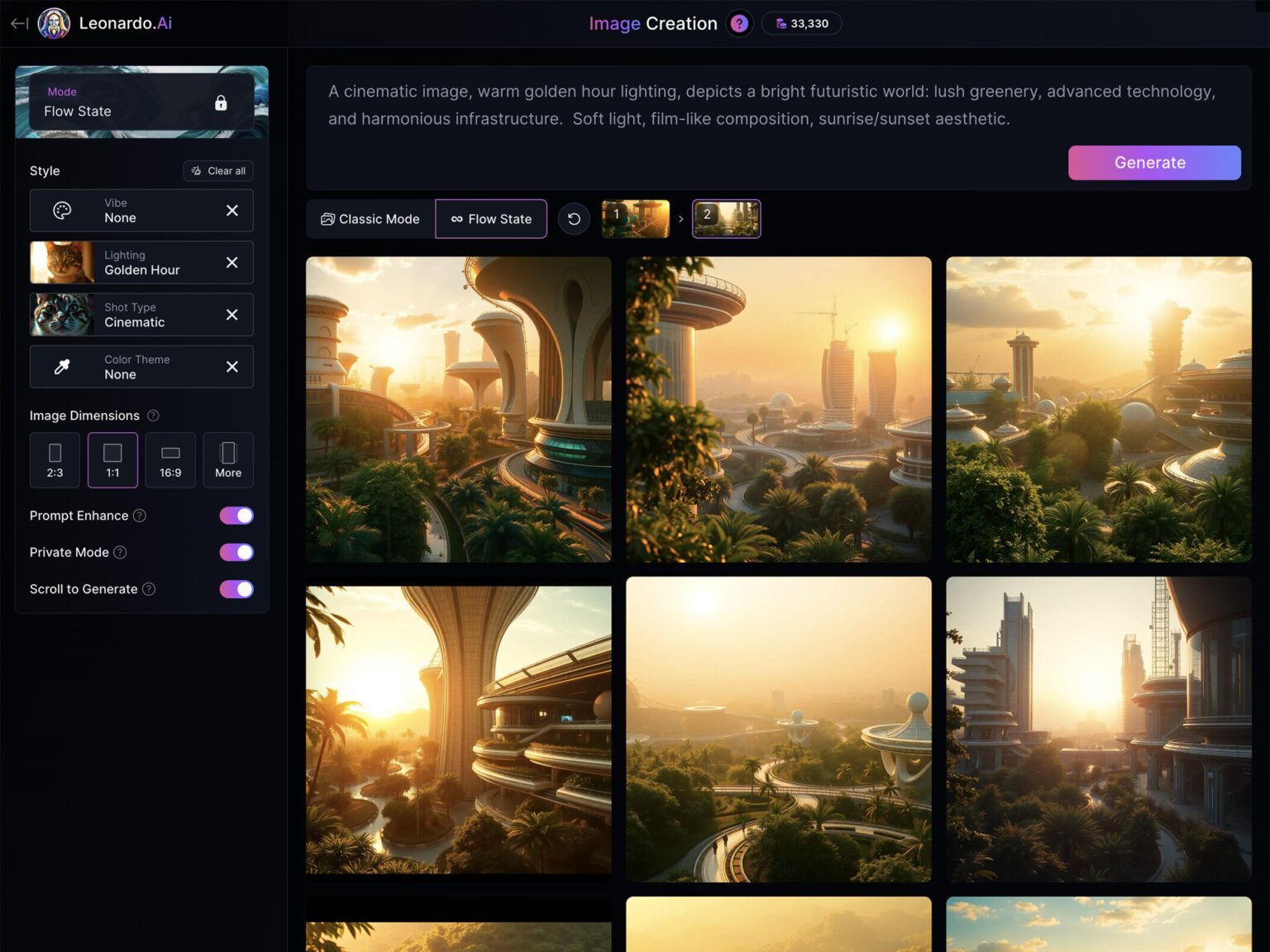As AI-powered tools like ChatGPT redefine how we interact with technology, professionals across industries are reflecting on how their skills and roles need to evolve to stay relevant and impactful.

As AI-powered tools like ChatGPT redefine how we interact with technology, professionals across industries are reflecting on how their skills and roles need to evolve to stay relevant and impactful.
For UX/UI & Accessibility Designers like me, our work is no longer just about creating aesthetic, usable interfaces — it’s becoming more about orchestrating meaningful human-AI collaboration while ensuring innovation remains equitable and ethical.
For business leaders, this evolution is equally critical. How organisations integrate AI and design thinking will determine their ability to remain competitive and meet the demands of an AI-powered world. This article outlines actionable insights to help both designers and strategists navigate this transformation.
The Evolution of Design in the Age of AI
AI-driven tools are reshaping the way users interact with technology. Instead of traditional graphical user interfaces, we’re seeing the rise of conversational interfaces (like ChatGPT), command-based platforms, and systems that dynamically adapt to user needs. For designers, this means rethinking the User Experience entirely:
From Static to Dynamic
Design is moving beyond creating static interfaces to orchestrating fluid experiences that seamlessly connect across different devices and contexts. It now focuses on crafting dynamic experiences and adaptive controls that respond in real-time to user needs. This approach ensures AI tools and systems deliver outputs that align with user expectations, enabling organisations to stay competitive and innovative.

Leonardo.ai “FlowState” is a great example of dynamic design. It makes image generation effortless, with tools that adapt in real-time to keep ideas flowing and align AI image output to user expectations.
Designing Trust and Transparency
As AI becomes a decision-maker, users need interfaces that explain AI-driven outcomes clearly and build trust. Prioritising transparency not only fosters confidence in users but also positions organisations as ethical and reliable innovators.
Balancing AI Assistance with User Control
Designers must create systems where AI assists users without overwhelming or replacing their agency. Organisations that empower users in this way are more likely to see greater engagement and trust in their products and services.
Balancing Innovation with Accessibility
In the rush to embrace AI, it’s essential not to leave behind those who rely on accessible and inclusive design. The principles of accessibility are more relevant than ever:
- Designing for Diversity: AI systems must work for everyone, including neurodivergent users, those with disabilities, and people in underserved communities. Frameworks like the Web Content Accessibility Guidelines (WCAG) provide a foundation for creating inclusive digital experiences. For organisations, this isn’t just about fairness — it’s about reaching untapped markets and fostering innovation through inclusivity.
- Ethical AI: Designers have a responsibility to ensure that AI systems are fair, unbiased, and inclusive. By embedding ethical considerations into development processes, organisations can avoid reputational risks and deliver genuinely impactful solutions.
- Universal Design: AI tools should be designed with accessibility baked in, from voice commands that accommodate different accents to interfaces that connect seamlessly with assistive technologies. The Universal Design Approach complements this by promoting solutions that accommodate all users, regardless of ability, age, or context. Organisations that prioritise usability will create products that appeal to wider audiences, enhancing both brand reputation and market reach.
Key Areas for Professional Growth & Innovation
For professionals and leaders alike, aligning efforts with industries undergoing transformation is key. Here are some areas to focus on:
- Human-AI Collaboration: Learn how to design systems that enhance, rather than replace, human decision-making. For organisations, investing in collaborative systems ensures teams are empowered to leverage both human creativity and AI efficiency.
- Emerging Industries: Dive into fields like fintech, health tech, and sustainability, where AI-driven innovation is creating new opportunities. These sectors offer promising opportunities for designs that solve real-world problems while driving business growth.
- Data Literacy and Behavioural Science: Equip yourself with foundational knowledge in data science and behavioural psychology to design systems that align with human cognition and behaviour. For leaders, building teams with these skills ensures products are both intuitive and data-informed.
- Ethics and Policy: Stay informed about data privacy regulations and AI ethics to support responsible innovation within your designs. Organisations that lead with ethics set themselves apart as trustworthy innovators.
Ambition, Purpose, & Future-Proofing Careers
To excel in this rapidly evolving landscape, designers must adopt a mindset of adaptability and lifelong learning. It’s no longer enough to simply react to trends; instead, professionals need to proactively shape the future by honing their skills and aligning their efforts with emerging opportunities.
For strategists and business leaders, this means fostering environments where innovation thrives. Supporting cross-disciplinary collaboration and aligning organisational goals with meaningful, user-centred outcomes will ensure long-term success. Moving beyond aesthetics to focus on real-world impact allows both designers and organisations to create solutions that enrich lives while solving complex challenges.
Thriving in the Age of AI

Image depicts a group of people interacting with futuristic AI technology in a vibrant, golden-lit world with lush greenery and advanced architecture.
The rise of AI is not a threat but an opportunity—a chance to reimagine how we work, create, and contribute. As designers, strategists, and innovators, we have a responsibility to shape this future thoughtfully, ensuring technology serves humanity in all its diversity.
At the time of writing, AI is transforming industry not by replacing humans but by augmenting our ability to solve problems, connect, and innovate. To thrive in this era, we must embrace this shift with curiosity, adaptability, and collaboration.
Although AI will likely automate our world in the future, I believe by blending creativity, critical thinking, and a dedication to inclusivity and human-principles, we can shape a world where technology elevates human potential without replacing it.




